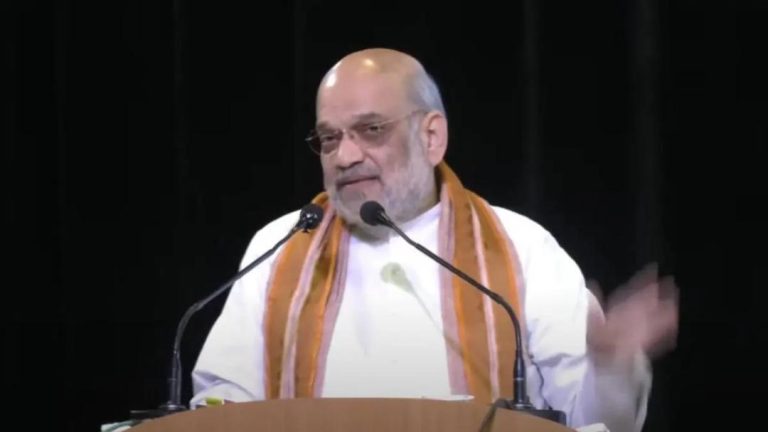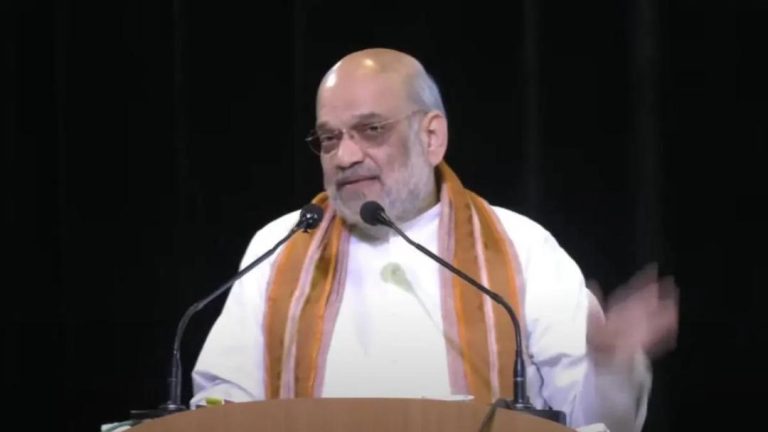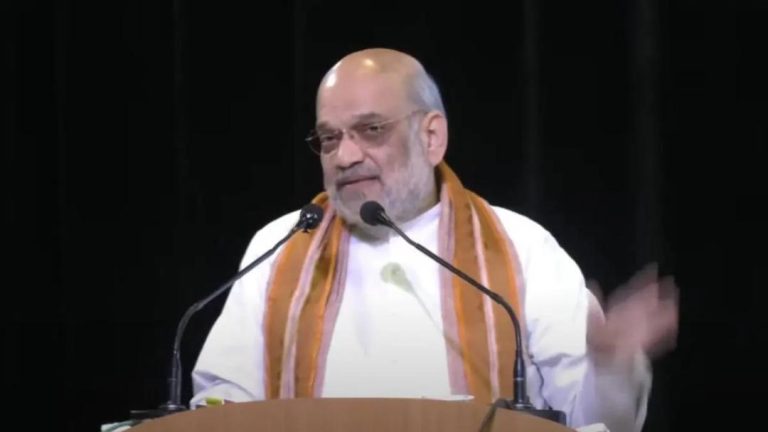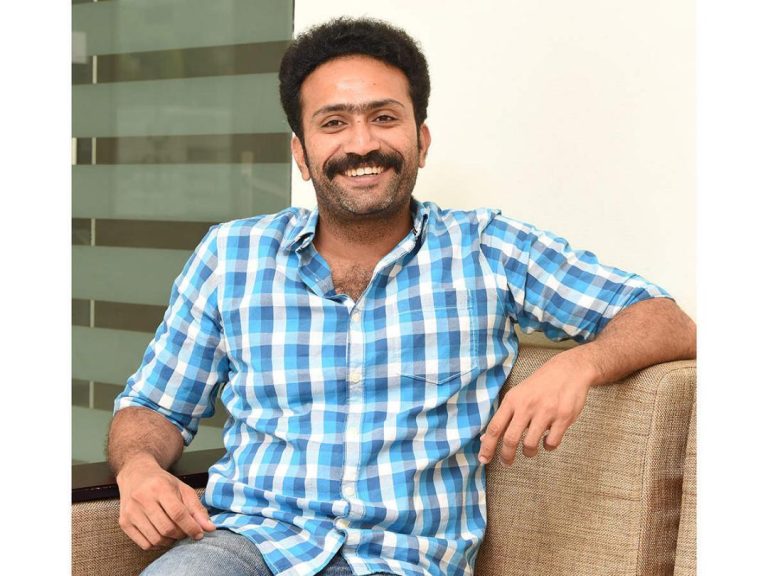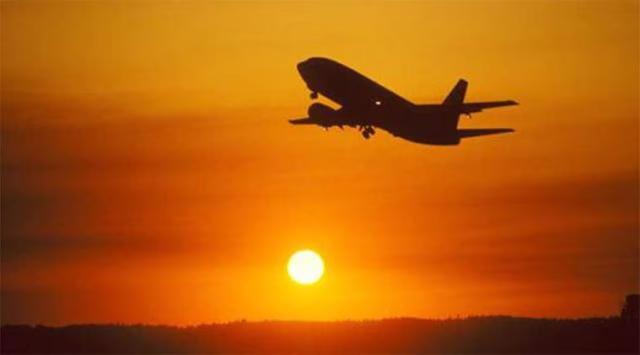
Class 12 Physics & Math Requirement for Becoming Commercial Pilot Might be Scrapped: Report
The Indian aviation industry is on the verge of a significant change, as the Directorate General of Civil Aviation (DGCA) is planning to scrap the current rule that requires students to have studied Physics and Math in Class 12 to be eligible for commercial pilot licence training. This move is expected to open up new opportunities for students who have pursued non-science streams, such as Arts and Commerce, to become commercial pilots.
According to a recent report by the Times of India, the DGCA is considering a proposal to do away with the requirement of Physics and Math as a subject in Class 12 for aspiring commercial pilots. This change is aimed at increasing the diversity of pilots in the industry and providing more opportunities to students who may have been deterred from pursuing a career in aviation due to the current restrictions.
The requirement of Physics and Math in Class 12 was introduced in the mid-1990s as a way to ensure that commercial pilots have a strong foundation in science and mathematics. However, the DGCA has now realized that this rule may be limiting the potential pool of candidates and stifling innovation in the industry.
The proposal to scrap the Physics and Math requirement is still in its early stages, and the DGCA is seeking feedback from various stakeholders, including airlines, flying schools, and other industry experts. If approved, the new rule would allow students from any stream, including Arts and Commerce, to pursue commercial pilot training as long as they meet the minimum educational requirements and other eligibility criteria.
This change is expected to have a significant impact on the aviation industry in India, which is one of the fastest-growing markets in the world. With more airlines operating in the country, there is a growing need for skilled and qualified pilots. By opening up the industry to a wider range of candidates, the DGCA hopes to increase the supply of pilots and reduce the likelihood of a shortage in the future.
The move is also expected to have a positive impact on gender diversity in the industry. Historically, the aviation industry has been dominated by men, but with the new rule, women from non-science streams may be more likely to pursue a career as a commercial pilot. This could help to increase diversity and inclusion in the industry, which is essential for its long-term growth and success.
However, not everyone is in favor of the proposed change. Some experts argue that the requirement of Physics and Math in Class 12 is necessary to ensure that pilots have the necessary mathematical and scientific skills to operate complex aircraft. They argue that pilots need to have a strong foundation in subjects like physics and math to understand the principles of aerodynamics, navigation, and other critical aspects of flying.
Others argue that the change may lead to a decrease in the quality of pilots, as students from non-science streams may not have the same level of mathematical and scientific skills as their peers from science streams. They argue that the requirement of Physics and Math in Class 12 is a necessary filter to ensure that only the most qualified and capable students are able to become commercial pilots.
Despite these concerns, the DGCA is likely to proceed with the proposed change, as it has the potential to bring about significant benefits to the industry. By opening up the industry to a wider range of candidates, the DGCA hopes to increase diversity, innovation, and inclusion, which are essential for the long-term growth and success of the aviation industry in India.
In conclusion, the proposal to scrap the requirement of Physics and Math in Class 12 for commercial pilot training is an important development in the Indian aviation industry. While there are valid concerns about the impact of this change, the potential benefits to the industry are significant. With the DGCA seeking feedback from stakeholders, it is likely that the final decision will be based on a careful consideration of the pros and cons. As the aviation industry continues to evolve and grow, it is essential that we find ways to increase diversity, innovation, and inclusion, and this proposed change is a step in the right direction.
